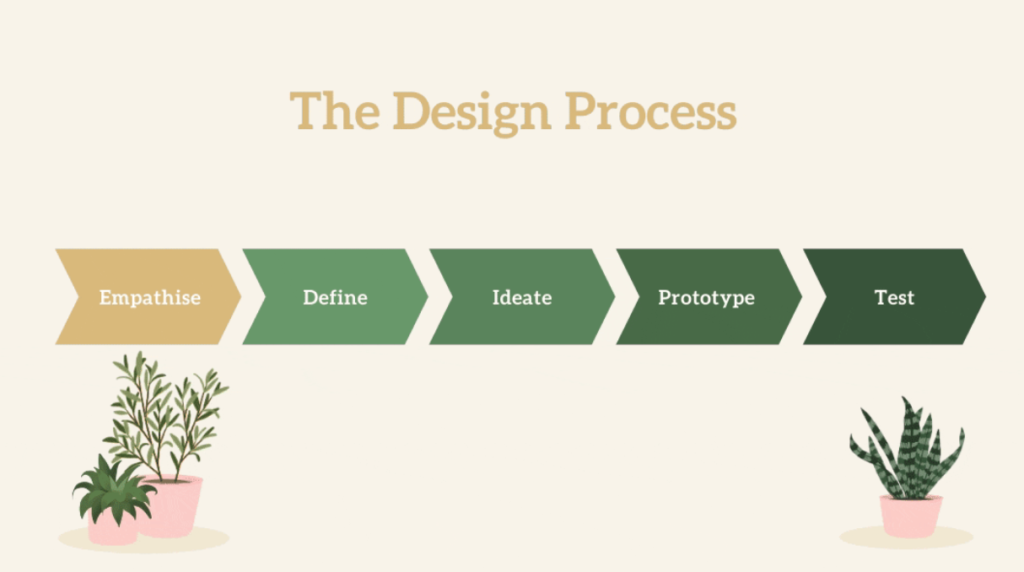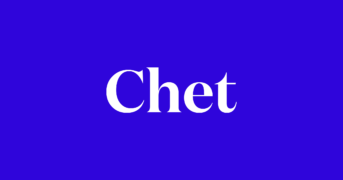Most people believe Product Design is mainly about aesthetics—what a product looks or feels like. However, this isn’t all that the field is. At its heart, Product Design is about solving problems. It is the process of identifying and defining a problem to develop a solution that effectively solves the problem for the user. Aesthetics play a supporting role that helps the main purpose—functionality.
What is Product Design?
Product Design is the process of identifying a problem, visualizing the needs of the user and designing a solution that improves the quality of life of the end user. The design process consists of five phases:

- Empathize: In-depth research of target users to learn about the people you’re building the solution for.
- Define: Precisely defining the problem based on user needs and insights.
- Ideate: This is the phase where team members brainstorm to find a range of innovative solutions to address the problem statement.
- Prototype: Once a solution is identified, a range of prototypes are built to test the hypothesis.
- Test: The solution is tested with a small group of users to gain feedback and implement iterations before the product goes live.
A Versatile Role
A Product Designer, at its core, is a problem solver. While the role of a might differ among firms, here are a few common specialties of a modern Product Designer
- Product Orientation: Earlier, designers were handed down requirements by product managers for pure design-based inputs. However, modern product designers are as much a part of the product development as the CEO. They’re expected to understand first-hand the problem at hand so as to find solutions that are most relevant to the customer.
- Designing Holistic Experiences: User experience (UX) is at the core of designing holistic experiences. User experience or customer experience is any way the customer interacts with the product and derives maximum value from the solution. With modern digital products, this entails designing a unique UX for different devices – web, mobile, desktop, tablets, etc.
- Prototyping and Testing: Finding the perfect product-market fit requires continuous collaboration and validation among teams as well as with external users. With plenty of prototyping tools available today, product designers can use prototypes for communicating ideas and gathering feedback; both internally and externally.
Who Can Be a Product Designer?
Many get confused between the role of a visual designer and a product designer. In reality, both are quite different. While a visual designer might only be concerned with the frontend of the product, a product designer does much more. Here are a few basic skill sets that are good to have if you’re looking to get into the field –
Communication skills – In order to conduct user research, you need to have sound communication skills. Designers are required to use surveys and interviews to extract insightful information.
Analysis and Organization – Creating information architectures for complex digital products require a lot of analytical thinking, careful planning and IT storage organization.
Design – Product designers need a deep understanding of visual design skills such as typography, hierarchy, grid systems, color theory, etc. to express their solutions by means of design. Though not in-depth, they also keep a working knowledge of front end programing languages like HTML, CSS, and presentational JavaScript.
Looks like something you’d be good at? Check out Chet’s Becoming a Human-Centered Designer microcourse to learn more.


